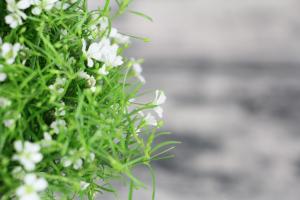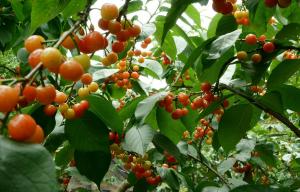How Often Do You Put Plant Spikes in Potted Plants?
Many indoor and outdoor plants require regular feeding to stay healthy and thrive. Plant spikes are a convenient and effective way to provide these essential nutrients to your plants. Plant spikes are made of compressed fertilizer and other nutrients and are inserted into the soil of potted plants. They gradually release nutrients over time, providing a consistent supply to the roots of the plant. But how often should you use plant spikes? Let’s take a look at some factors that can influence the frequency of plant spike use.
The Type of Plant
The frequency of plant spike use will vary depending on the type of plant. Some plants require more frequent feeding than others. For example, plants that grow quickly and have high nutrient requirements, such as tomatoes or peppers, may need plant spikes every 4-6 weeks. Other plants, such as succulents or cacti, may only need feeding every 3-4 months. It is important to research the specific nutritional needs of your plant to determine the appropriate frequency of plant spike use.
The Strength of the Spike
The strength of the plant spike will also affect how often it needs to be used. Some plant spikes are designed to last for several months, while others may only last for a few weeks. The packaging of the plant spike should provide information on how long it is intended to last. It is important to follow the instructions on the packaging to ensure that you are providing the appropriate amount of nutrients to your plant.
The Size of the Pot
The size of the pot can affect the frequency of plant spike use. Smaller pots will dry out more quickly, which can cause the nutrients in the plant spike to be used up faster. For plants in smaller pots, it may be necessary to replace the plant spike more frequently. Larger pots may require less frequent plant spike use since the soil can hold more moisture and nutrients.
The Environmental Conditions
The environmental conditions in which your plant is growing can also influence the frequency of plant spike use. Plants that are exposed to high levels of light and heat may require more frequent feeding. In contrast, plants that are grown in cooler, shadier environments may require less frequent feeding.
The Bottom Line
When it comes to using plant spikes in potted plants, there is no one-size-fits-all answer to how often they should be used. The frequency of use will depend on the type of plant, the strength of the spike, the size of the pot, and the environmental conditions. It is important to research the nutritional needs of your plants and to follow the instructions on the packaging of the plant spike to ensure that your plants are getting the nutrients they need to thrive.

 how many times do yo...
how many times do yo... how many planted tre...
how many planted tre... how many pine trees ...
how many pine trees ... how many pecan trees...
how many pecan trees... how many plants comp...
how many plants comp... how many plants can ...
how many plants can ... how many plants and ...
how many plants and ... how many pepper plan...
how many pepper plan...





























